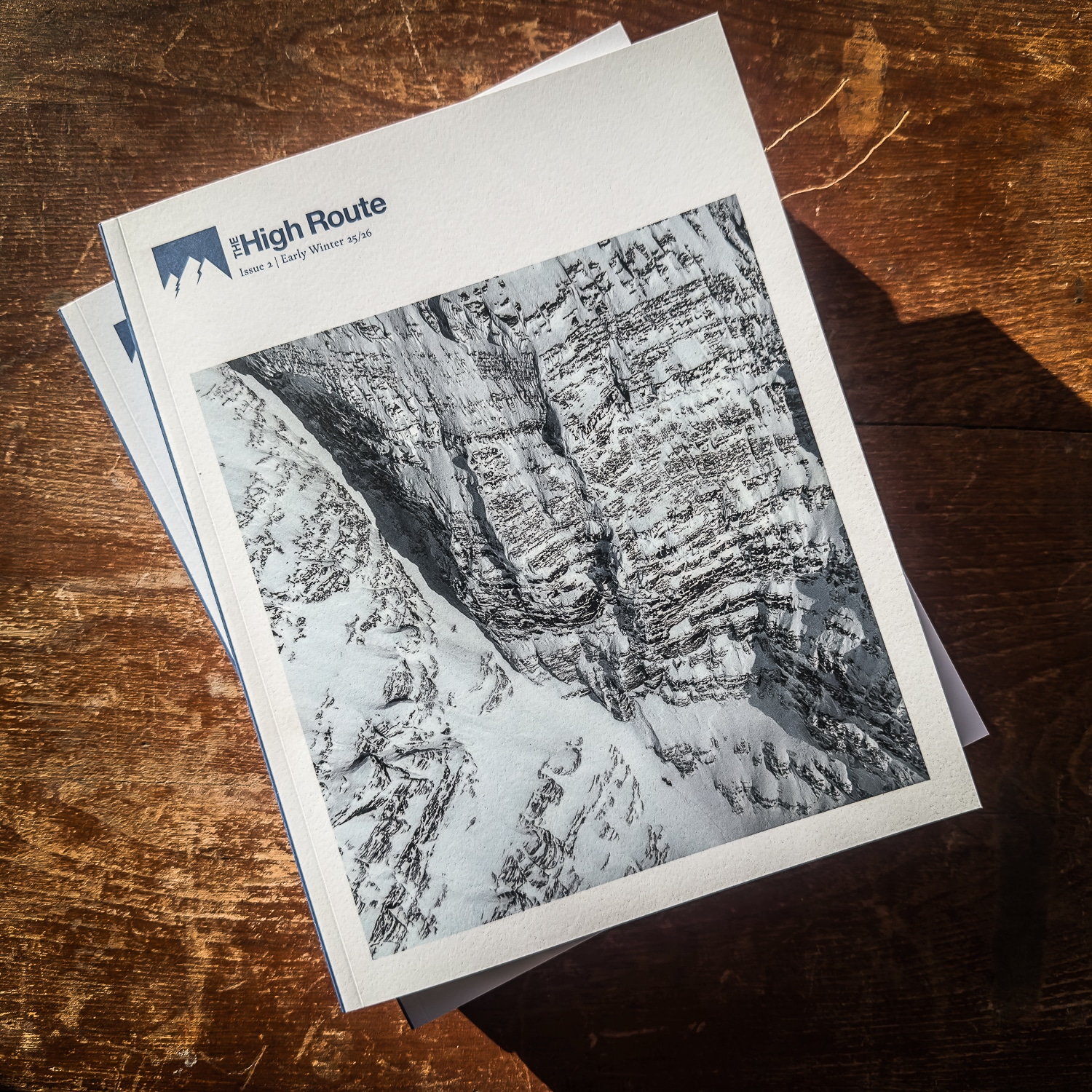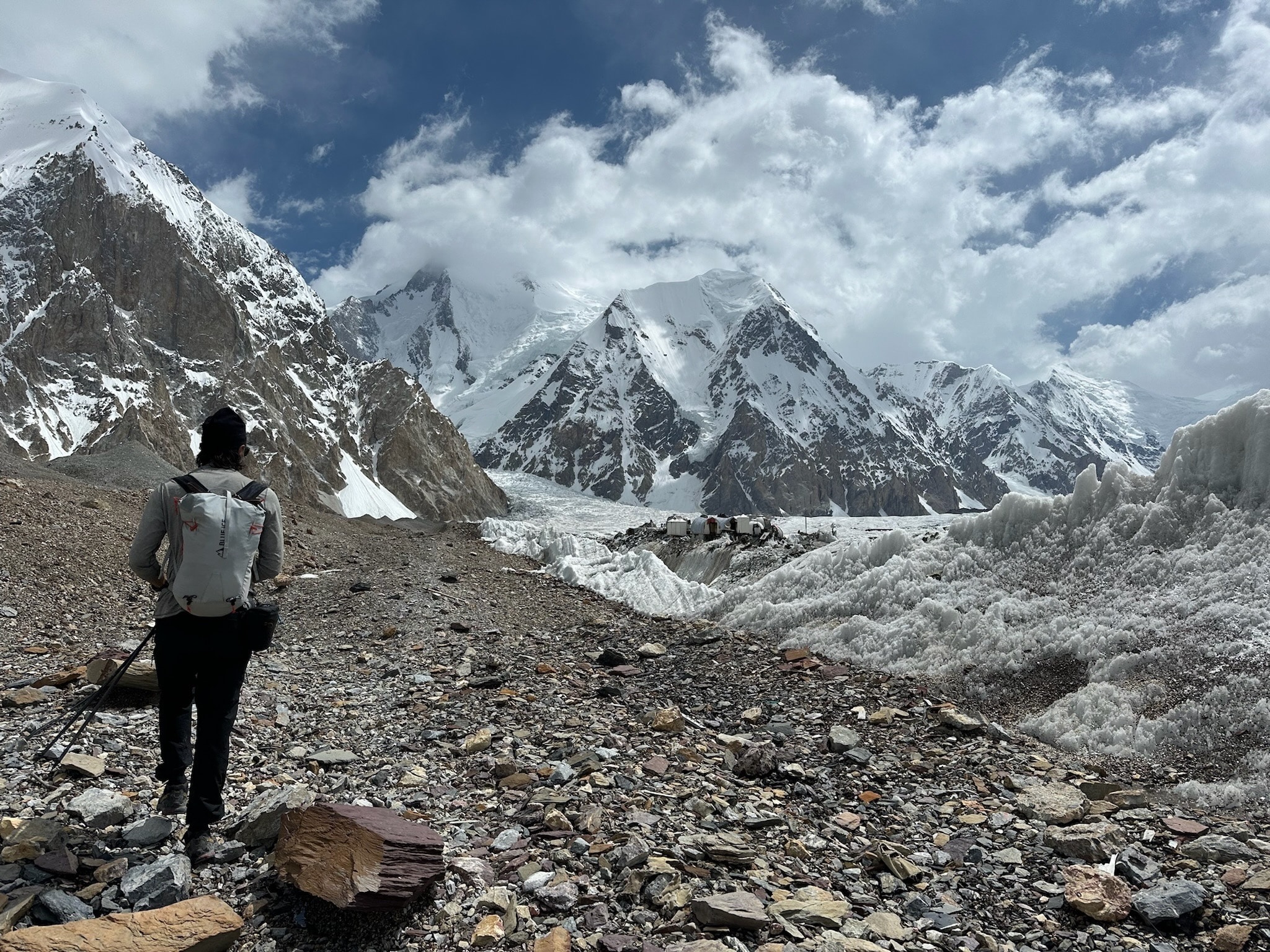Glued to your phone. Despite our best intentions, it happens in the backcountry too. Take the steps, find balance, and embrace your fully formed mountain sense.
Get off your damn phone in the backcountry! But also use it; it’s such a great tool. Confusing? Welcome to a moment of zillennial madness while I repeatedly get on and off my high horse regarding technology use in the backcountry with a slew of opinions you may or may not share.

It’s 2024. We have the most resources we’ve ever had for backcountry skiing, though AI hasn’t quite made it into the field yet.* In general, more information is a good thing. Perhaps you are pissed that we youngins are taking over your secret powder spot or that there are too many jerrys out there. No person is more or less deserving of sliding on snow, and with all the shenanigans going on in the world, it seems like anyone who has the privilege to be able to take a moment to be outside in winter should feel empowered to do so while we still can. Regardless of how you feel, we can’t escape these truths: resources are at our fingertips, and way more people are using them to access the backcountry than ever before. While I’m pro-access, I am concerned that we are losing our mountain sense.
What is Mountain Sense?
Mountain sense is intuition. It’s a connection with the elements. A conscious layering of our assessments of multiple risk factors simultaneously in critical moments and an innate understanding of a mountainscape at any moment. It’s more than the lines you’ve skied, the avalanche courses you’ve taken, or how fast you are on the skin track.






Leave a Reply
You must be logged in to post a comment.